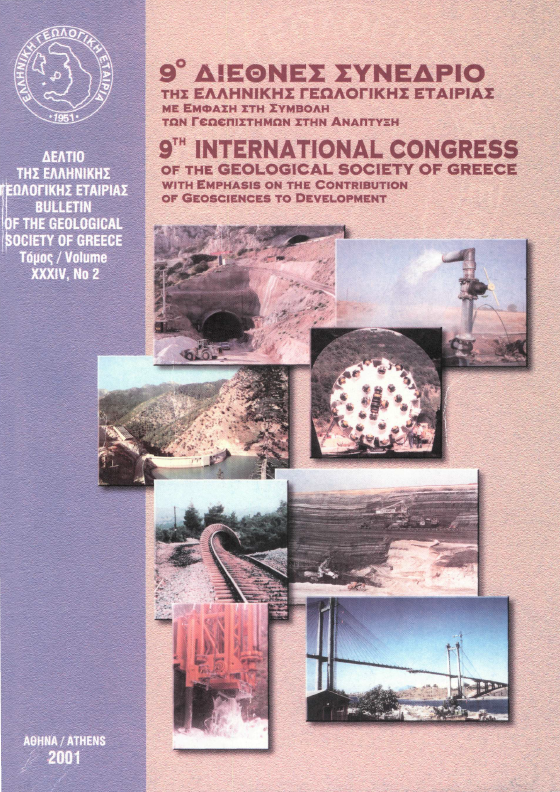The study of lepidocyclina (eulepidina) (foraminifera) from middle Oligocene to lower Miocene of South Albania

Abstract
There are studied too many samples from Ionian Zone (geological outcrops and drilling wells) and Koma depression containing Larger Foraminifers, Lepidocyclina (Eulepidina) subgenus. For their study, determination to species level, biometrie and counting measurements known in literature are used. According to proposal (for Mediterranean region) we suggest that in south Albania also can be separated the following species and subspecies: - Lepidocyclina-(Eulepidina) formosoides DOUVILLE R. - Lepidocyclina-(Eulepidina) dilatata (MICHELOTTI) - Lepidocyclina-(Eulepidina) dilatata (MICHELOTTI) var concentrica SILVESTRI For the specimens of microsphaeric generation (B-Form, diameter more than 5 centimeter) maintained the typological concept of classification and were attributed to the species Lepidocyclina (Eulepidina) elephantine LEMOINE and DOUVILLE (1904). They are given briefly the deposition conditions of the shells of this subgenus in flysch (Ionian Zone and mollasic deposits (Korria depression) Middle Oligocene- Lower Miocene age. The paper has been accompanied by means 3 plates.
Article Details
- How to Cite
-
MYFTARI, S., BARO, M., & MYFTARI, B. (2018). The study of lepidocyclina (eulepidina) (foraminifera) from middle Oligocene to lower Miocene of South Albania. Bulletin of the Geological Society of Greece, 34(2), 541–547. https://doi.org/10.12681/bgsg.17090
- Section
- Paleontology

This work is licensed under a Creative Commons Attribution-NonCommercial 4.0 International License.
Authors who publish with this journal agree to the following terms:
Authors retain copyright and grant the journal right of first publication with the work simultaneously licensed under a Creative Commons Attribution Non-Commercial License that allows others to share the work with an acknowledgement of the work's authorship and initial publication in this journal.
Authors are able to enter into separate, additional contractual arrangements for the non-exclusive distribution of the journal's published version of the work (e.g. post it to an institutional repository or publish it in a book), with an acknowledgement of its initial publication in this journal. Authors are permitted and encouraged to post their work online (preferably in institutional repositories or on their website) prior to and during the submission process, as it can lead to productive exchanges, as well as earlier and greater citation of published work.


